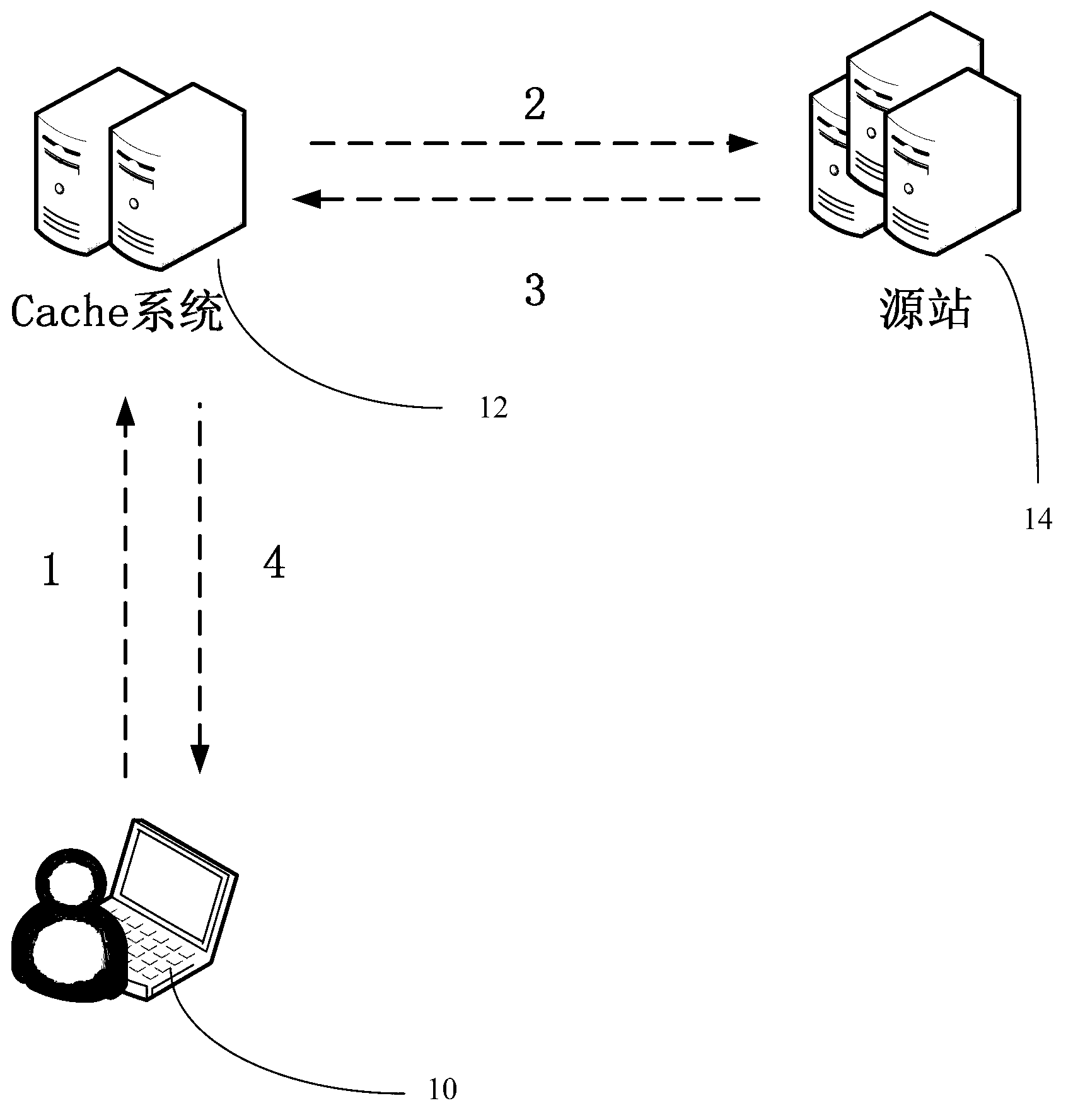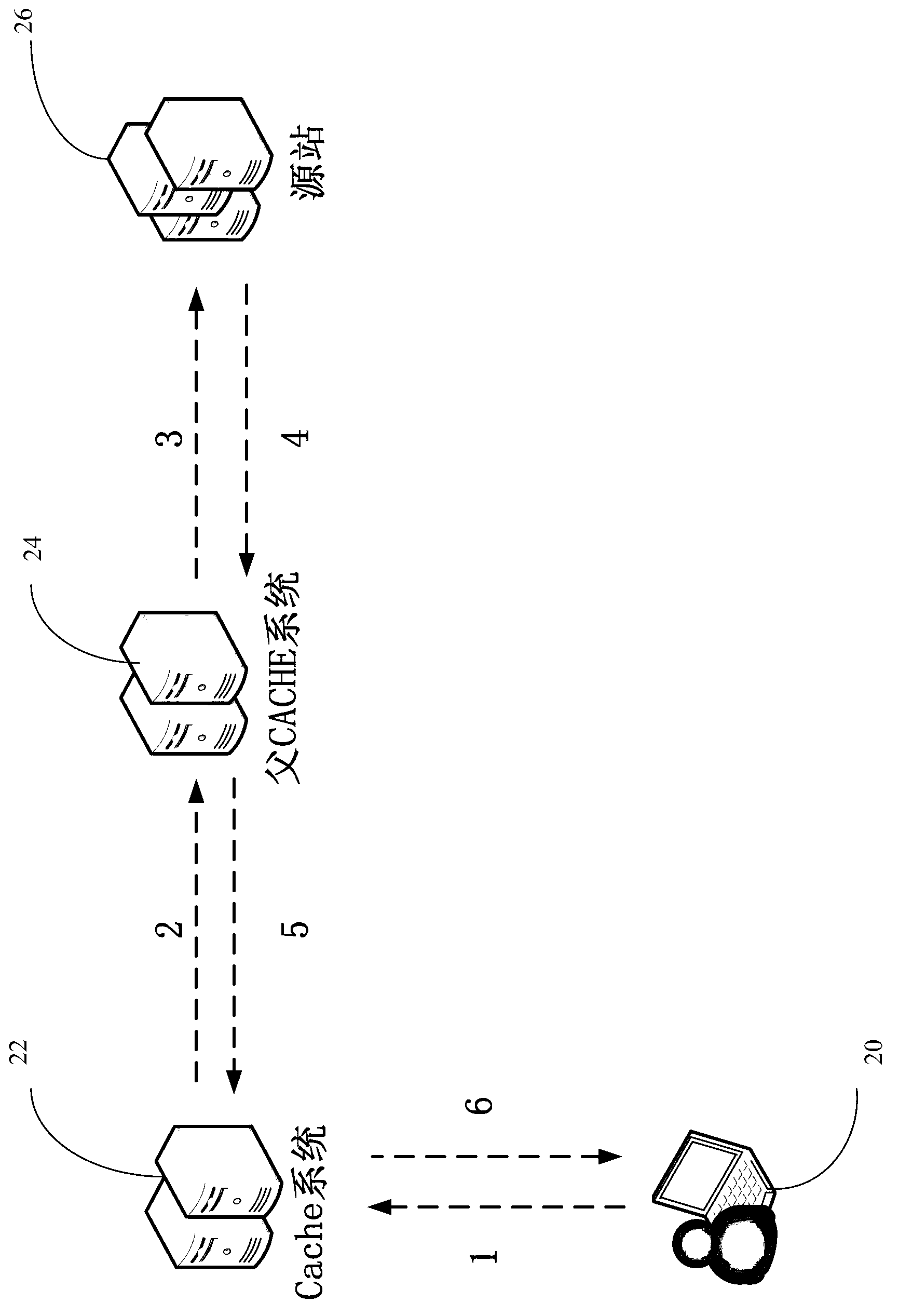Method and system for sharing Web cached resource based on intelligent father node
A resource sharing, parent node technology, applied in transmission systems, electrical components, etc., can solve problems such as the unavailability of the global cache system, the increase in the access pressure of the parent cache system, and the inappropriate working mode of the parent node. The effect of back-to-source bandwidth
- Summary
- Abstract
- Description
- Claims
- Application Information
AI Technical Summary
Problems solved by technology
Method used
Image
Examples
Embodiment Construction
[0045] The present invention will be further described below in conjunction with the accompanying drawings and embodiments.
[0046] image 3 It shows the structure of a preferred embodiment of the intelligent parent node-based Web cache resource sharing system of the present invention. See image 3 , the system of this embodiment includes: a plurality of Web cache nodes (including Web cache nodes 31 and 35 ), an origin server 34 , a cache resource list pool 33 , and an intelligent parent node 32 .
[0047] Web cache nodes 31 and 35 are traditional cache systems, which are used to cache static resources, receive resource requests from users, and return resources corresponding to user requests to users. The source station server 34 stores the source data;
[0048] The cache resource list pool 33 receives resource reports from various Web cache nodes (eg, Web cache nodes 31 and 35 ), and forms a resource list of all Web cache nodes.
[0049]The smart parent node 32 receives ...
PUM
 Login to View More
Login to View More Abstract
Description
Claims
Application Information
 Login to View More
Login to View More - R&D
- Intellectual Property
- Life Sciences
- Materials
- Tech Scout
- Unparalleled Data Quality
- Higher Quality Content
- 60% Fewer Hallucinations
Browse by: Latest US Patents, China's latest patents, Technical Efficacy Thesaurus, Application Domain, Technology Topic, Popular Technical Reports.
© 2025 PatSnap. All rights reserved.Legal|Privacy policy|Modern Slavery Act Transparency Statement|Sitemap|About US| Contact US: help@patsnap.com



